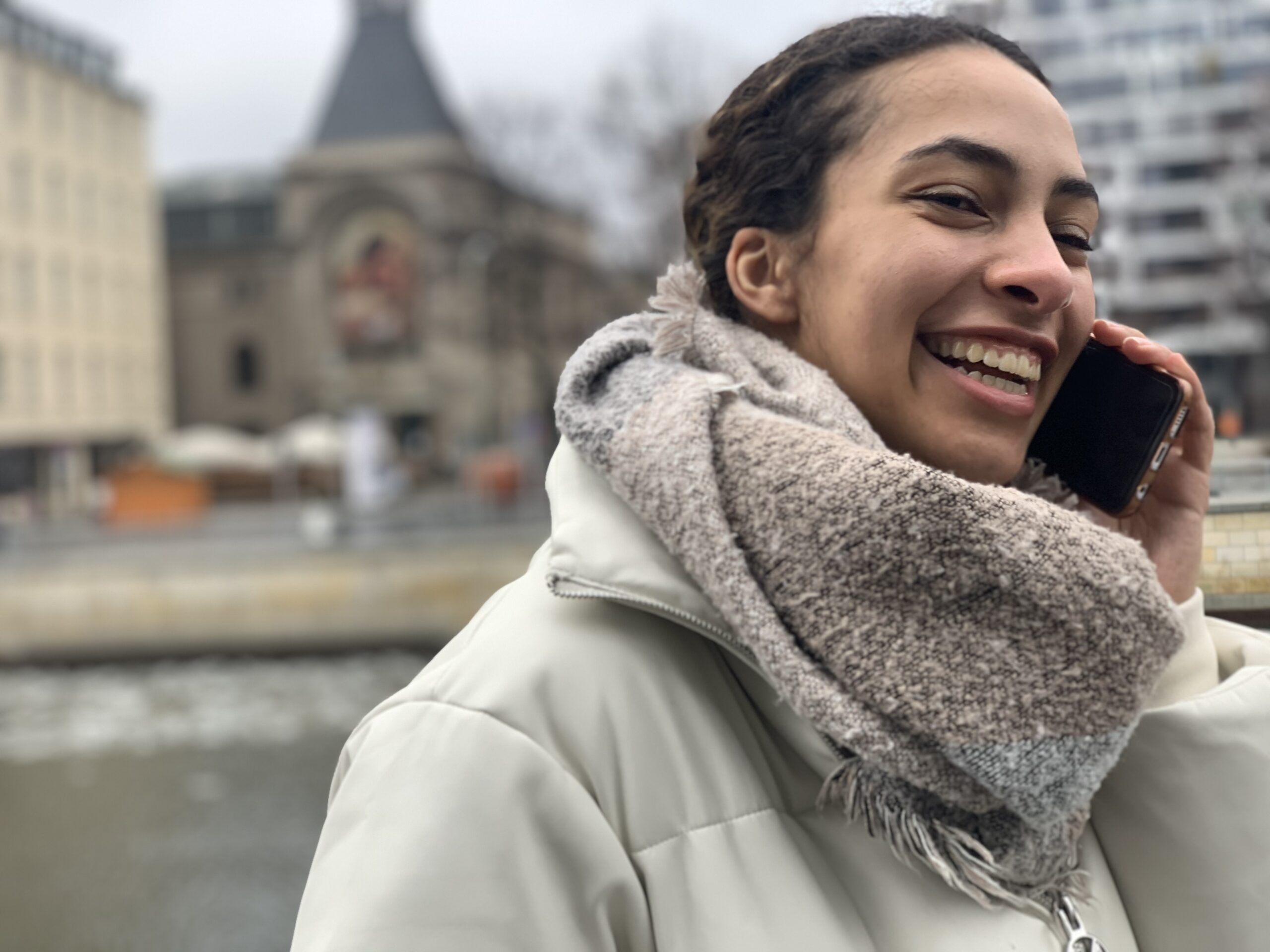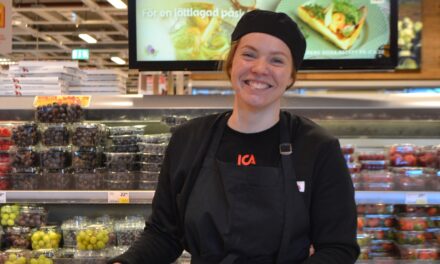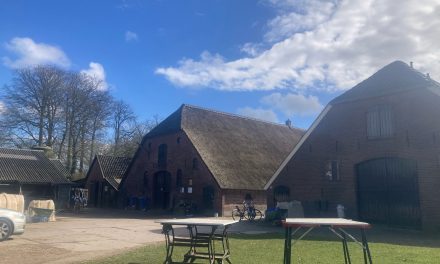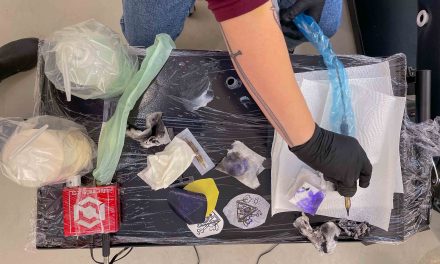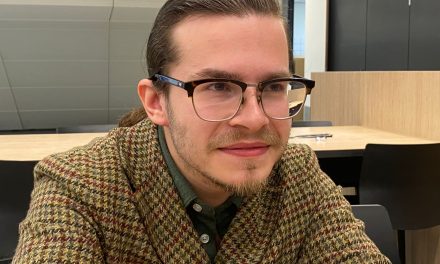As Germany continues to extend its lockdown of cultural institutions, the historic Berliner Ensemble unveils the unique “BE WALK” format, offering visitors an individual walk with a member of the ensemble, to allow for theatres to remain a place of encounter and exchange. A shared walk at a distance.
Where it would otherwise have been difficult to stretch your feet during a premiere or prevent them from falling asleep, they are now a fundamental part of the experience itself, carrying theatre goers across Germany’s capital while talking about the future of performing arts. Initiator Mona Wahba talks about the voices from an empty theatre and the opportunities that lie ahead.
What initially started with experiments of how the audience can continue to share ideas among each other during the first lockdown in March, is now attracting theatre goers from all over Europe. With the increased pressing desire of the ensemble to stay in close contact and maintain a dialogue with their audience, the theatre decided to modify the concept of collective walks and make it accessible for the public: “Instead of adding yet another online format or streaming event, we wanted to stay analog. That’s how the idea of initiating a “BE WALK Spezial” between individual members of the theater and people from the audience that can register for the experience, arose. This time one on one.”
Equipped with topics of conversation, exploring not only the importance of theatre but also the bizarreness of the current situation, participants can go on a walk with members of the ensemble from all different areas, connected by phone. At the other end of the line are respectively either actors, directors, dramatic advisor, prop master or the artistic director of the Berliner Ensemble himself. “The members of the ensemble only get a phone number, date and time and the mission to call the audience. No one knows what to expect.” During the first walk in November last year, around twenty pairs walked around the city at the same time. “Everyone can go for a walk at the location they are currently at, which also allows for people to join that are outside of Berlin, or even Germany. To some extent Theatre lovers from other countries and cities like London have participated as well. That would otherwise be naturally not possible during a real physical walk.”
According to Wahba, the feedback from both sides is overwhelmingly positive and beyond that, also encouraged thought-provoking impulses within the ensemble with regards to the content as well as structural.
The show can´t go on, or can it?
The picture of the vacated Berliner Ensemble, showing a glimpse of what physically distant theatre might look like post-Covid-19, was acknowledged worldwide. In May 2020, the theatre uninstalled 500 of the 700 seats in its main auditorium, in order to create an experience that adheres to the German government requirements.
With the announcement of an extended lockdown and tightened restrictions at the end of January 2021, it became evident that the curtain is not going to rise anytime soon. Most cultural institutions have additionally discontinued all rehearsals until the easter holidays. What lasting affect the pandemic might have on the theatrical landscape becomes more apparent as one lockdown follows the next. ”The economic and financial insecurity certainly has a big impact, particularly for small theatres and freelancer, that are already highly noticeable and will alter the funding environment in the future,” said Mona Whaba.
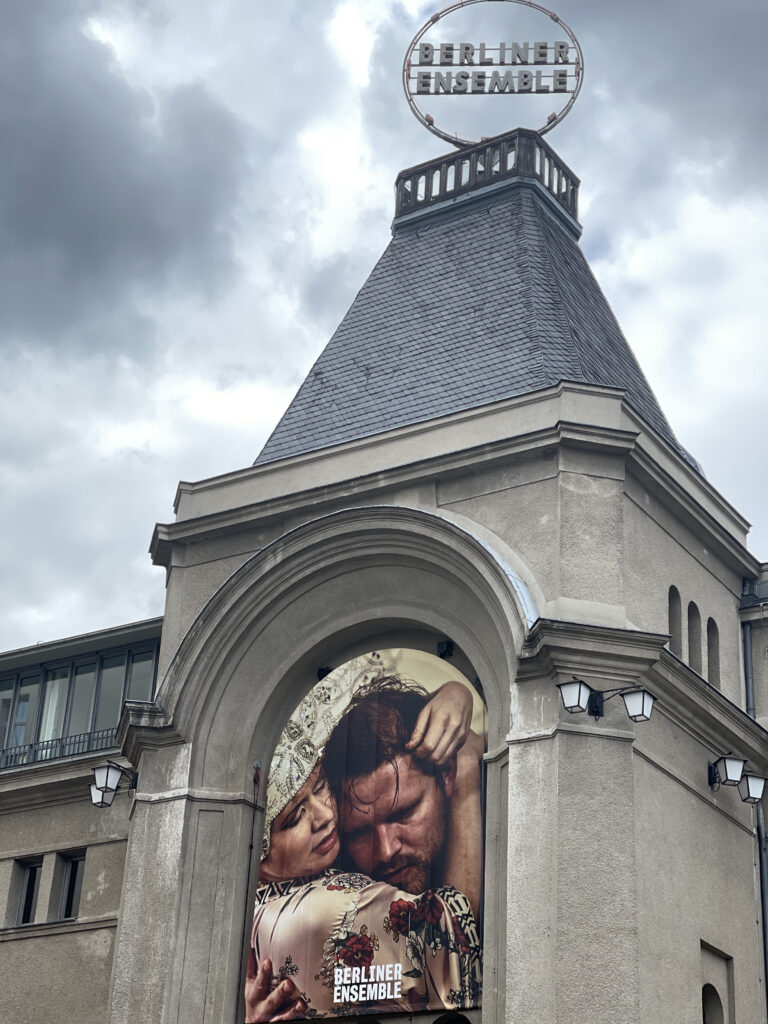
However, the spread of the Corona virus has also prompted fundamental questions within the theatre scene. What does theatre look like in these times? Who are we playing for? What happens when its absent? “Within our institution there is a lot of discussion about those core questions at the moment. What constitutes to the uniqueness of theatre? What is most important? What do we need more of in the future?” For the Berliner Ensemble the live moment is invaluable, but in what form and to what extent it will manifest is yet to be defined.
The vision for the future might also include the notion that the interaction with the audience is going to be intensified. “It is strongly noticeable that the audience is missing, and that the theatre thrives on the encounters with the audience. That is also highlighted by the great interest from the ensemble to pursue the “BE WALKS” in the first place.”
A love story that has a happy end, at least for now. If you are willing to walk the walk and talk the talk.
